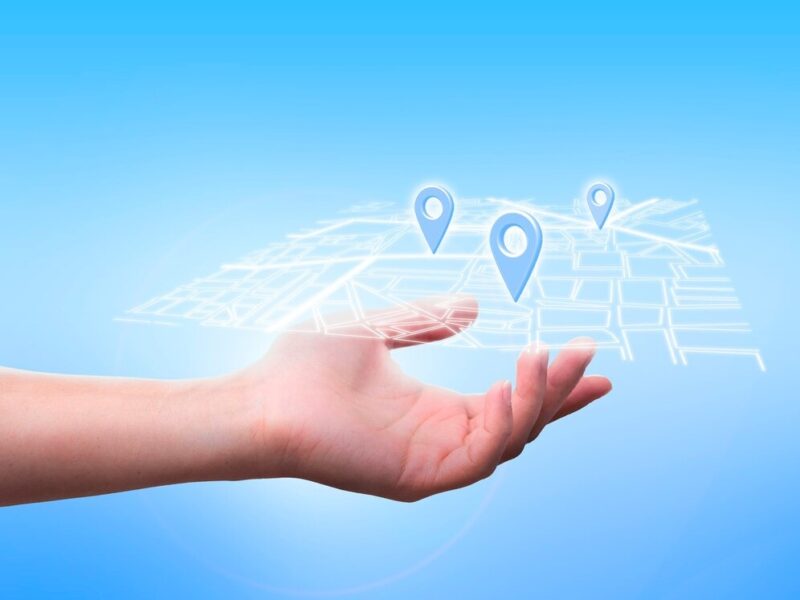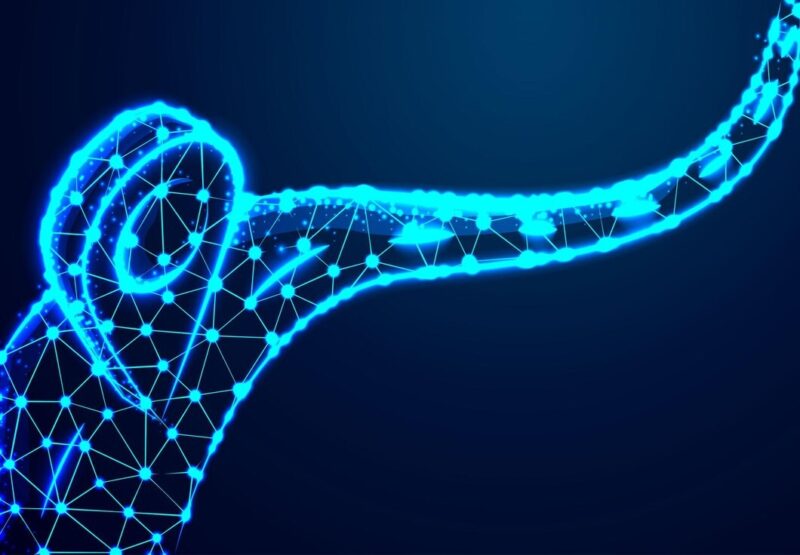Thanks to its creative solutions that improve safety and situational awareness in a variety of industries, geolocation technology has emerged as a key component of contemporary security systems. Geolocation technology improvements are changing security standards and strategies, from tracking vehicles and assets to handling emergency responses. This article examines the most recent advancements and their applications in the field of security.
Understanding Geolocation Technology
GPS satellites, mobile networks, and other sources of data are used to pinpoint the precise location of a device or object. It involves more than just locating a point on a map; it also entails managing and analyzing location data in real time. Applications like fleet management and personal security that demand continuous monitoring depend on this capacity.
Recent advancements have integrated AI and machine learning with geolocation, enhancing the accuracy and efficiency of data interpretation. AI algorithms can predict routes, identify abnormal movements, and even automate responses based on location-based data.
This integration is particularly beneficial in security applications where speed and reliability are paramount. An intriguing example of this technology in action is the implementation of NJ net casino geolocation tech, which ensures that online gambling activities are confined to authorized jurisdictions.
This not only adheres to legal constraints but also secures the platform against fraudulent use, demonstrating the versatile applications of advanced geolocation technologies in security-sensitive environments.
Innovations in Security Applications

Asset tracking have benefited tremendously from geolocation technologies. New sensors and devices provide real-time tracking information, which is vital for securing valuable assets in transit. For example, logistics companies now use geolocation to monitor shipments and manage supply chains more effectively, reducing the risk of theft and misplacement.
In emergency management, response time can be the difference between life and death. Geolocation technology enables quicker dispatch of rescue and medical teams to precise locations, regardless of how remote. This is particularly important in large-scale emergencies, such as natural disasters or urban incidents, where rapid situational assessment and action are critical.
Future Trends in Geolocation Security

Geofencing uses GPS or RFID technology to create a virtual geographic boundary, enabling software to trigger a response when a mobile device enters or leaves a particular area. In security applications, geofencing is used to monitor restricted areas, automatically alerting personnel when unauthorized access occurs. This technology is becoming increasingly sophisticated, with new developments allowing for more precise boundaries and tailored responses.
The Internet of Things (IoT) is set to transform geolocation security through enhanced connectivity. With more devices becoming interconnected, geolocation data can be gathered from a myriad of sources, providing a more comprehensive view of security landscapes. This integration not only improves monitoring and tracking capabilities but also enables proactive security measures based on predictive analytics.
Conclusion
In terms of security applications, geolocation technology is leading the way in innovation, providing new tools and capabilities that improve response and security plans. The potential uses and advantages of geolocation in security scenarios are only going to grow as technology develops, making this an interesting field to follow in the years to come.


